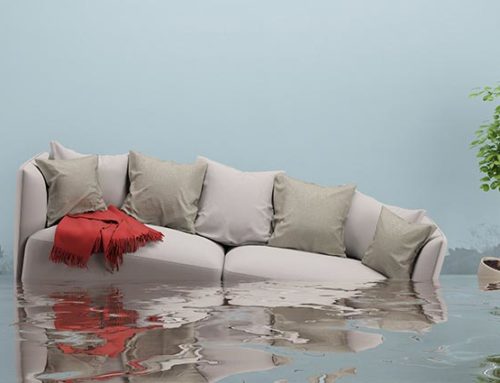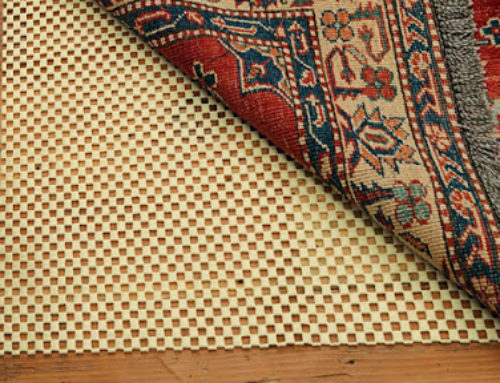Wrapping any area rug properly requires care and attention to detail to maintain the integrity of a large carpet. In addition to the sheer size of the rug you also have to keep in mind (and out of your rug) other wrapping related disasters like water damage, bad scents or worst of all bugs!
Your rug is a valuable investment to your home. Whether you are wrapping your rug for storage, to relocate it, or if you’re just curious how your rug was wrapped you’ve come to the right place!
Learn how to store and protect your rug, this asset for your home, properly:
You Will Need:
- A Reputable Rug Cleaner (or knowledge on how to clean a rug)
- Measuring Tape
- Tarp / Wrapping Material
- Duct Tape or Twine
- A rod (broomstick, cardboard tube, etc) *optional
Step 1: Clean your Rug and examine it
A Professional Hand Wash is best, a simple surface clean at home just won’t do for long-term storage. Check for any areas that may be difficult/stiff to Roll/Fold/Wrap. Look for any damage or rot.
Step 2: Determine which direction to Roll your Rug
Look at your rug, which side is more “fragile”? the front (pile – where the fibers are) or the back (the foundation)? Whichever side is more delicate/fragile is the side that you roll facing inwards.
Normally the front is more delicate; as such you normally will roll with the pile facing inward. Some older carpets may have a weakened or torn back (foundation). In these cases, roll the carpet with the back side facing inward.
Step 3: Measure your Rug
Measure the Width & Length of your rug.
As they say “Measure Twice; Cut Once” – do a loose test roll. Roll up your rug loosely with the pile facing inward (the front, where the fibers are). Measure the width around the roll and the width of the edge (top and bottom).
Step 4: Buy the Wrapping Material
Remember Measure Twice Cut Once? This is where that matters!
Buy a tarp (painter’s tarp) if you are going to unwrap your rug soon – rugs in long-term storage need to breathe and require better material to avoid bugs condensation etc. Pick up some duct tape too. You can find these in most hardware stores.
If you plan on storing for long-term consider purchasing a Cotton Sheet, Muslin, or Polyurethane instead of a Tarp. Wrap your rug with twine for a more breathable long-term storage solution.
Make sure that the Wrapping material purchased fits the measurements of your rug; you will need it to be 1.5 x the size of the measurements you took in step 4 and as tall/long as your rug measurements from step 3.
Step 5: Start Rolling
Lay a small amount of the tarp or material under the rug’s edge that is opposite the side you will roll from. Begin rolling your rug.
You must keep the roll as straight and even as possible. To help you can start by placing a rod (or cardboard tube) along the edge you start rolling from and starting the roll around it.
Step 6: Almost finished the Rolling…
Once your roll gets close to where you laid the wrapping material make sure to keep the wrapping against the rug as you continue to roll into it.
At this point keep rolling right into the wrapping material until it’s all around your rolled carpet and then once you’ve completely wrapped roll it a bit further to tighten the wrap.
Step 7: Duct Tape or Tie it Up
Tie your twine or wrap with duct tape until the wrapping material is secure. Pull the excess wrapping material over the edge (top and bottom) of the rug and secure that into place. Do not secure too tightly.
And You Are Done!
Are you unsure of how to wrap your rug? Do you want to be positive you do not ruin the quality of your carpet? Don’t know how to find a reputable rug cleaner? or what products to use? Maybe you just love rugs? We encourage you to contact a local professional; or get in touch with us by email info@rugman.com.
At Rugman.com we purchase our Persian rugs directly from the weavers, wash them, pack them and ship them to the United States and internationally, where we offer them for sale on our website; so we know the whole process.



